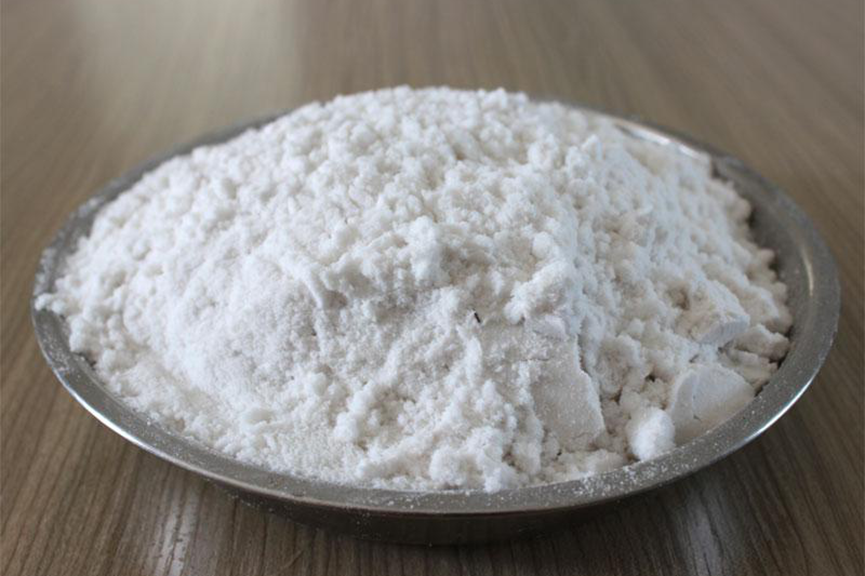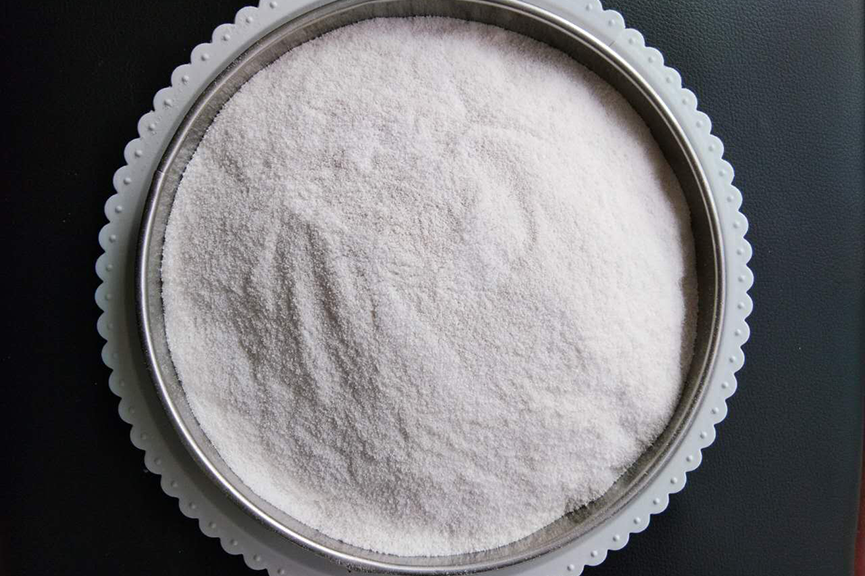
Pure Bentonite Clay Powder Suppliers – air dry Ceramic Clay powder for sale – Xinzheng Cheng
Pure Bentonite Clay Powder Suppliers – air dry Ceramic Clay powder for sale – Xinzheng Cheng Detail:
Introduction of clay
Clay is a sticky soil with few sand particles, and it has good plasticity only when water cannot pass through it easily.
Common clay is formed by the weathering of silicate minerals on the surface of the earth. Generally, it is weathered in situ. The particles are larger and the composition is close to the original stone, which is called primary clay or primary clay. The main ingredients of this kind of clay are silica and alumina, which are white in color and refractory, and are the main raw materials for the preparation of porcelain clay.
Clay is generally formed by weathering of aluminosilicate minerals on the earth’s surface. But some diagenesis can also produce clay. The appearance of clay during these processes can be used as an indicator of the progress of diagenesis.
Clay is an important mineral raw material. It is composed of a variety of hydrated silicates and a certain amount of alumina, alkali metal oxides and alkaline earth metal oxides, and contains impurities such as quartz, feldspar, mica, sulfate, sulfide, and carbonate.
Clay minerals are small, often within the colloidal size range, in crystalline or non-crystalline form, most of which are flake-shaped, and a few are tubular or rod-shaped.
Clay minerals are plastic after being moistened with water, can be deformed under low pressure and can remain intact for a long time, and have a large specific surface area. The particles are negatively charged, so they have good physical adsorption and surface chemical activity, and are compatible with other cations. Ability to exchange.
Type of clay
According to the nature and use, it can be divided into ceramic clay, refractory clay, brick clay and cement clay. Hard clay is often in the form of blocks or slabs. It is generally not immersed in water and has a high refractoriness. It is the main raw material for refractory products. The hard clay in the refractory clay is used to make blast furnace refractories, lining bricks and plug bricks for iron smelting furnaces, hot blast stoves, and steel drums. In the ceramic industry, hard clay and semi-hard clay can be used as raw materials for the manufacture of daily-use ceramics, architectural ceramics and industrial ceramics.
Product detail pictures:
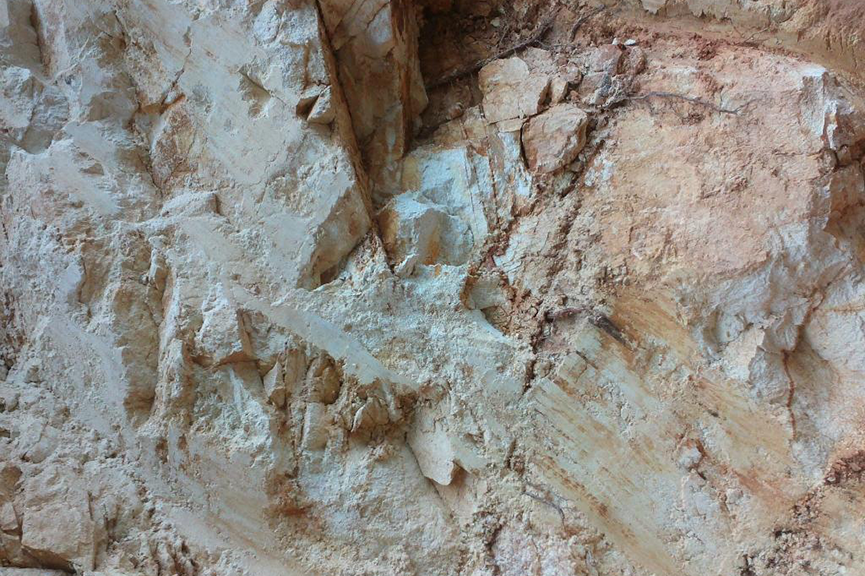
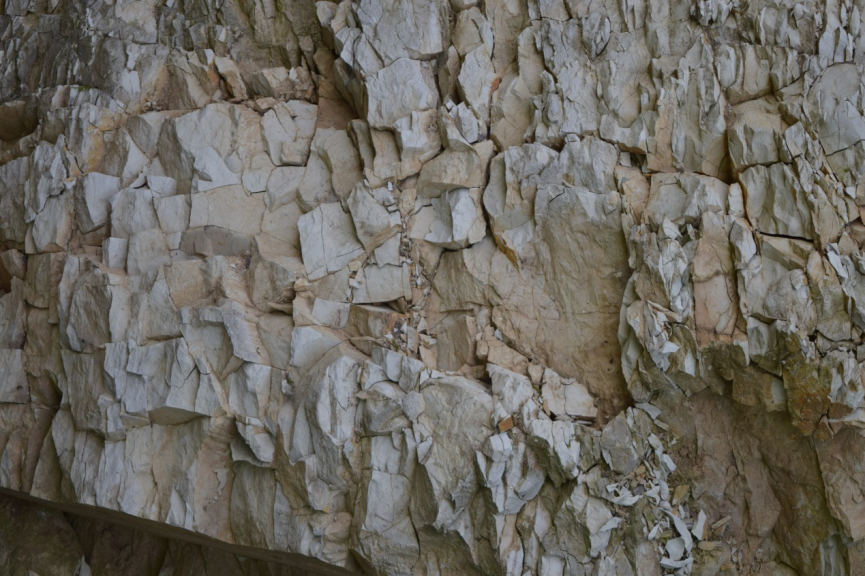

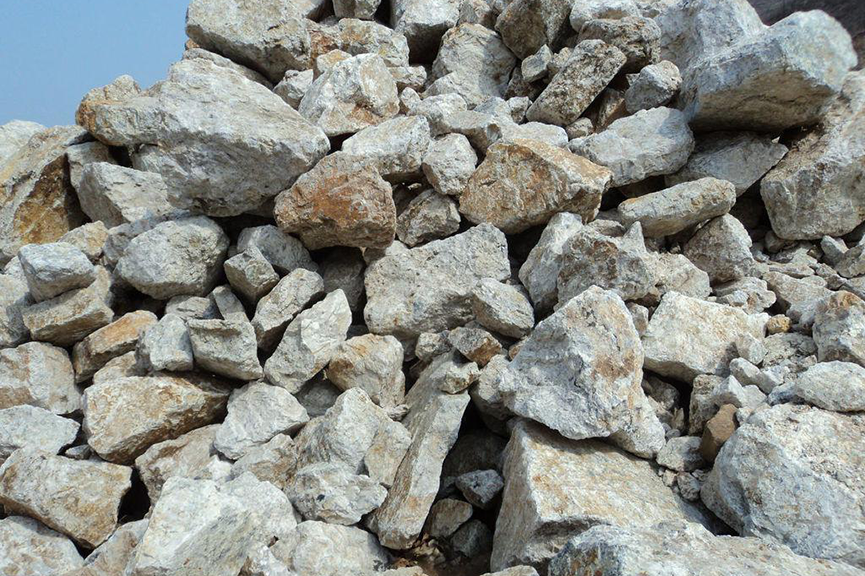
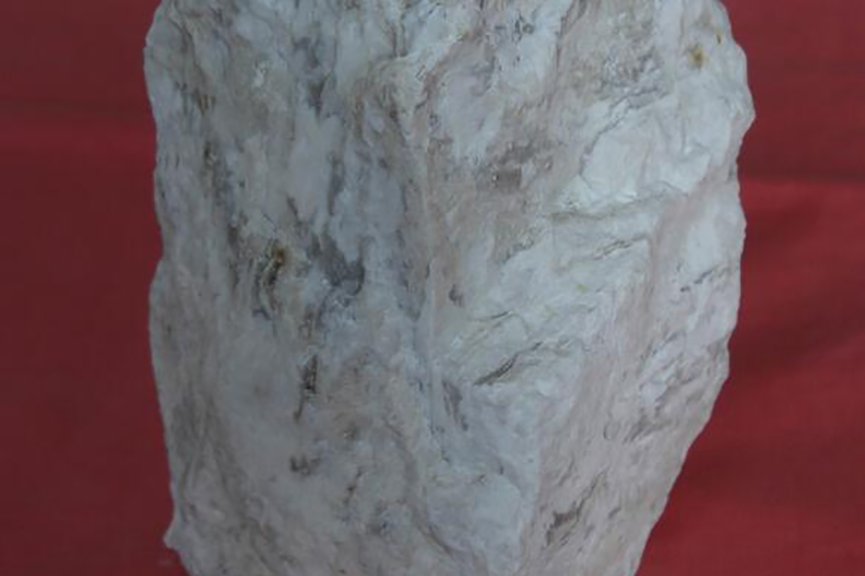

Related Product Guide:
It adheres on the tenet "Honest, industrious, enterprising, innovative" to acquire new solutions regularly. It regards shoppers, success as its very own success. Let us establish prosperous future hand in hand for Pure Bentonite Clay Powder Suppliers – air dry Ceramic Clay powder for sale – Xinzheng Cheng , The product will supply to all over the world, such as: Bogota, Saudi Arabia, South Africa, We've got sufficient experience in producing products according to samples or drawings. We warmly welcome customers from home and abroad to visit our company, and to cooperate with us for a splendid future together.
Customer service staff and sales man are very patience and they all good at English, product's arrival is also very timely, a good supplier.


